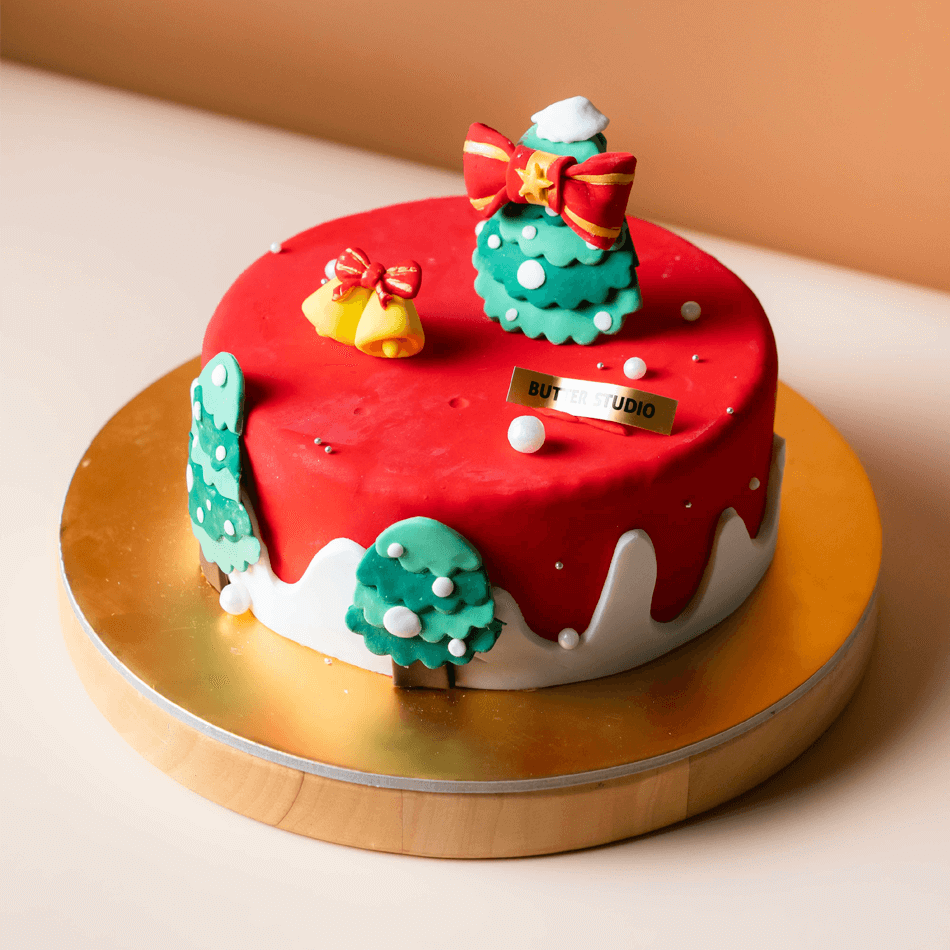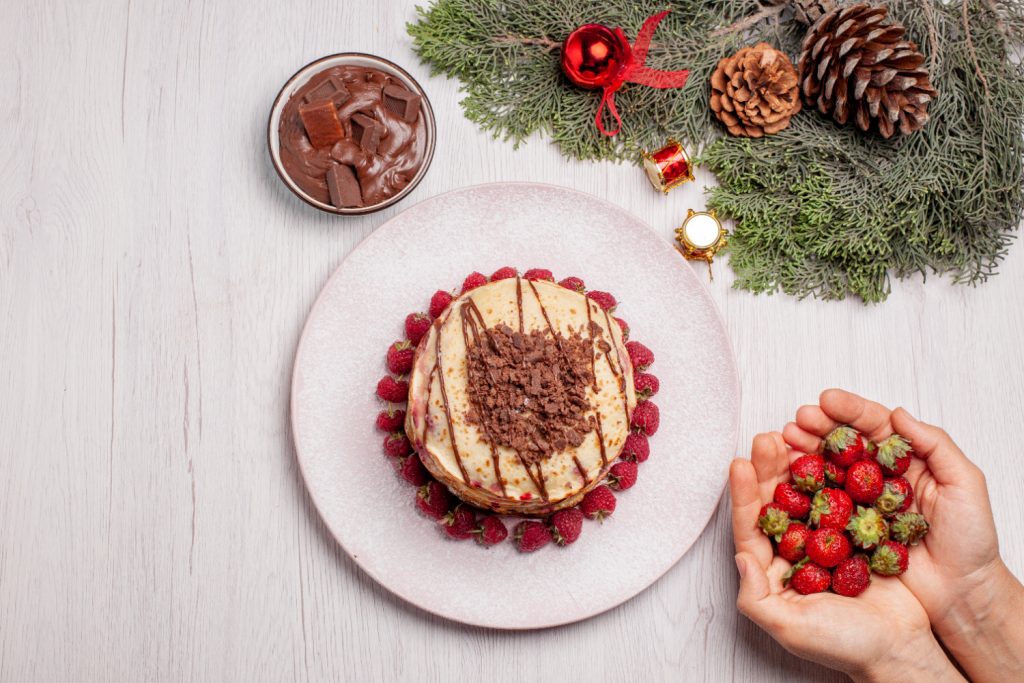

Designing a custom cake is an exciting endeavour that allows individuals to express their creativity and personal taste. Whether planning for a birthday, wedding, or any other special occasion, a bespoke cake can make the event even more memorable.
The process of creating a custom cake involves selecting the right flavours, colours, and design elements that reflect the theme and aesthetic preferences of the occasion. It’s important to consider not only the visual impact but also the taste and texture to ensure the final product is as delightful to eat as it is to look at.
When embarking on the journey of creating a custom cake, one must first consider the event and its significance.
A birthday cake, for instance, might embody the personal traits of the celebrant, whereas wedding cakes often reflects the couple’s joint aesthetic.
One should commence by choosing a theme. For children’s parties, a unicorn-themed cake can be a magical choice, captivating the imagination with vibrant colours and fantastical elements. Adults may prefer more elegant and subtle designs.
Next, addressing the size and shape of the cake is crucial. It should be in proportion to the guest count, ensuring no one misses out on a slice.
Incorporating current trends can make a cake feel modern. However, simplicity often triumphs, as it allows the craftsmanship to shine. Custom cakes should not just reflect the individual or couple but also taste exquisite. Choice of flavour is as much a part of the design as the visual elements.

Designing a custom cake involves a meticulous selection of ingredients that cater to both flavour profiles and dietary requirements. The foundation of any cake is its base ingredients, typically flour, sugar, eggs, and butter. For a rich taste, one might consider using caster sugar and unsalted butter.
Flavours play a critical role in the uniqueness of a custom cake. Classic options range from vanilla and chocolate to more adventurous ones like matcha or lavender. Choosing high-quality extracts or real fruit purees can significantly elevate the cake’s taste.
For individuals with allergies, identifying safe ingredients is paramount. Substituting wheat flour with gluten-free options like rice or oat flour ensures gluten-intolerant guests can indulge without worry. Similarly, using flaxseeds or chia seeds mixed with water can replace eggs, providing a vegan alternative without compromising the cake’s structure.
Incorporating fruit not only adds natural sweetness but also moisture to the cake. Fresh, candied, or dried fruits are all excellent choices, depending on the desired outcome. Bakers should source fruits in season for optimal flavour and freshness.
When selecting ingredients, it’s beneficial to procure them from reputable suppliers to ensure quality and freshness. This attention to detail assures the final custom cake is both delectable and suitable for all guests.
Designing a custom cake involves a plethora of choices that affect its appearance, taste, and relevance to a particular event or individual. The key is to balance creativity with the cake’s structural integrity, ensuring a stunning yet practical result.
The foundation of a custom cake is its shape and size, which directly influence the number of servings. Standard shapes include round, square, and rectangular, while more adventurous bakers may opt for heart-shaped or tiered designs. It’s important to consider the event size; for instance, a two-tier cake might serve 30 people, while a larger three-tier could cater to over 100 guests.
A truly customized cake features personal touches that reflect the individual’s interests or memorable life moments. Incorporate edible photos, images, or logos to create a connection with the honouree. Clients may wish to integrate symbols, such as initials or representations of hobbies, using various frosting and buttercream techniques.
The decorations and toppings transform a cake from basic to breathtaking. Choose from an array of toppings like fruits, chocolate pieces, or edible flowers. Utilise a variety of frostings including buttercream or fondant to achieve smooth surfaces or intricate textures.
Frostings:
Toppings:

Current trends in cake design can inspire a unique creation. Popular colour palettes may involve pastels or bold, contrasting colours. Stay abreast of trends like textured buttercream, watercolour effects, or geometric patterns, ensuring the cake is not just delicious, but also visually striking.
Trends:
Employing templates or consulting with a professional cake designer can streamline the design process. Templates offer a starting point for layouts and themes, while a cake designer can provide expert advice on balancing the aesthetic and structural elements of a custom cake.
Choose a filling that complements the cake flavour and adds an extra dimension of taste. Classic options like vanilla buttercream are safe choices while incorporating fruit curds or ganache can appeal to those desiring more complexity.
Filling Options:
When designing a custom cake, the ordering and delivery process is crucial to ensure that one’s bespoke creation is received in perfect condition and on time. This process involves clear steps from placing the order to arranging the pickup or delivery.
To place an order, one must typically contact the bakery with their design details, serving size, and delivery date. Communication is key; providing clear and concise information can help avoid misunderstandings. Most bakeries will offer a confirmation process, either through email or a phone call, that solidifies the details of the cake’s specifications.
The price of a custom cake varies widely depending on the complexity of the design, the size, and the ingredients used. Customers should ask for a detailed price breakdown, which may include:
Payment methods are often communicated at the time of ordering. Deposits are usually required, with the balance due prior to or on the delivery day. Payment can often be made via:
Delivery arrangements should be discussed during the ordering process. Many bakeries will offer delivery services, with fees based on the distance and complexity of the delivery. It’s paramount to ensure the cake’s security during transit, and professional delivery is recommended for intricate designs.

When designing your custom cake, additional services and enhancements can elevate your celebration. These can range from pairing your cake with other sweet treats to incorporating modern technology for a truly memorable event.
Offering a variety of desserts can cater to different tastes and preferences. Consider these pairings:
Beyond the basic dietary substitutions, offering options that cater to specific health or nutritional preferences can make your cake inclusive:
At Butter Studio, we often receive orders for beautiful custom cakes in all shapes and sizes. We are no strangers to creating the perfect cake for your special celebration. We can design a customised cake to your wildest imagination, using only the finest ingredients (that are most definitely halal or vegan depending on your dietary restrictions!). Contact us today to design your very own cake!


